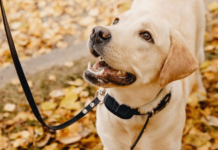When disciplining our furry friends, many pet owners may wonder whether alternative methods exist to shock collars. This article explores practical ways to discipline a dog without employing this controversial training device.
Focusing on positive reinforcement techniques and understanding the underlying causes of behavior, we aim to provide solutions that promote a loving and harmonious relationship between pet and owner.
So, if you’re looking for gentler methods to guide your canine companion towards better behavior, read on and discover a new approach to dog discipline.
Use Positive Reinforcement
Positive reinforcement is a highly effective training method that rewards your dog for desired behaviors. You can establish a strong bond with your furry friends using positive reinforcement techniques while encouraging them to behave appropriately.
Reward-based training
Reward-based training involves rewarding your dog, such as a treat or a favorite toy, when they exhibit the desired behavior. This method allows you to reinforce your dog’s good behavior positively and encourages them to repeat it in the future.
For example, if you teach your dog to sit, you can reward them with a treat each time they successfully sit on command. This association between the behavior and the reward will reinforce the desired action.
Clicker training
Clicker training is another effective positive reinforcement technique. It involves using a clicker, a small handheld device that makes a distinctive clicking sound when pressed. The clicker marks the exact moment your dog exhibits the desired behavior, signaling that a reward is coming.
By pairing the clicker’s sound with a reward, your dog can associate the click with a positive outcome. This method allows for clear communication and precise timing during training sessions.
Verbal praise
Verbal praise is a simple yet powerful way to reinforce good behavior in your dog. Dogs are social animals and thrive on praise and attention from their owners. You can show them that they have done something right by using an enthusiastic and upbeat tone to praise your dog when they performs a desired behavior.
Whether it’s a simple “good boy/girl” or a longer phrase like “Well done, you’re such a smart pup,” verbal praise can motivate your furry friend. Use positive and encouraging words while avoiding harmful or harsh tones.
Treats
Treats are a popular form of positive reinforcement and can be highly effective in training your dog. Dogs are naturally food-motivated, and using treats as rewards can help create a positive association with desired behaviors.
When using treats as rewards, choosing small, bite-sized treats your dog finds particularly enticing is essential. This will increase their motivation to perform the desired behavior. Treats should be given immediately after your dog exhibits the correct behavior, reinforcing the connection between the behavior and the reward.
This image is the property of wagsandwiggles.com.
Establish Clear Rules and Boundaries
Establishing clear rules and boundaries helps your dog understand what is expected of them and promotes a well-behaved and balanced canine companion. Consistency and firmness are essential when implementing these rules.
Consistency
Consistency is crucial when training your dog. It is essential to set and enforce rules consistently, regardless of the situation or environment. Dogs thrive on routine and repetition, so having consistent boundaries will help them understand what is expected of them.
For example, if you have a rule that your dog is not allowed on the furniture, it’s essential to enforce this rule consistently. Allowing your dog on the furniture occasionally will only confuse them and make it harder for them to understand the boundaries.
Firmness
While it is essential to be firm when establishing rules and boundaries, avoiding harsh or physical punishment is equally essential. Firmness should be conveyed through your tone of voice and body language rather than resorting to aggression.
When communicating with your dog, use a calm and assertive voice. This will help them understand that you are in charge and that there are certain boundaries they need to respect. Avoid yelling or scolding, as it can create fear or anxiety in your dog and hinder the training process.
Reward good behavior
In addition to setting clear rules and boundaries, rewarding your dog for good behavior is essential. When your dog follows the established rules, praise them and offer treats or other rewards. This positive reinforcement will motivate your dog to continue behaving appropriately.
For example, if your dog sits quietly and patiently while you prepare their food, reward them with a treat or verbal praise. This positive association will encourage them to repeat the behavior in the future.
Redirect inappropriate behavior
Inevitably, there will be times when your dog exhibits unwanted behaviors. Instead of resorting to punishment, it is essential to redirect their focus and guide them toward more appropriate behavior.
For example, if your dog starts chewing on the furniture, instead of scolding them, provide them with an appropriate chew toy and encourage them to chew on that instead. This technique redirects their attention and provides an alternative outlet for their natural chewing instincts.
This image is the property of i.ytimg.com.

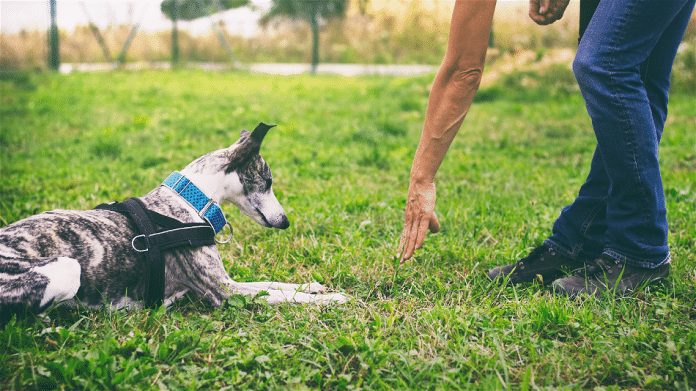
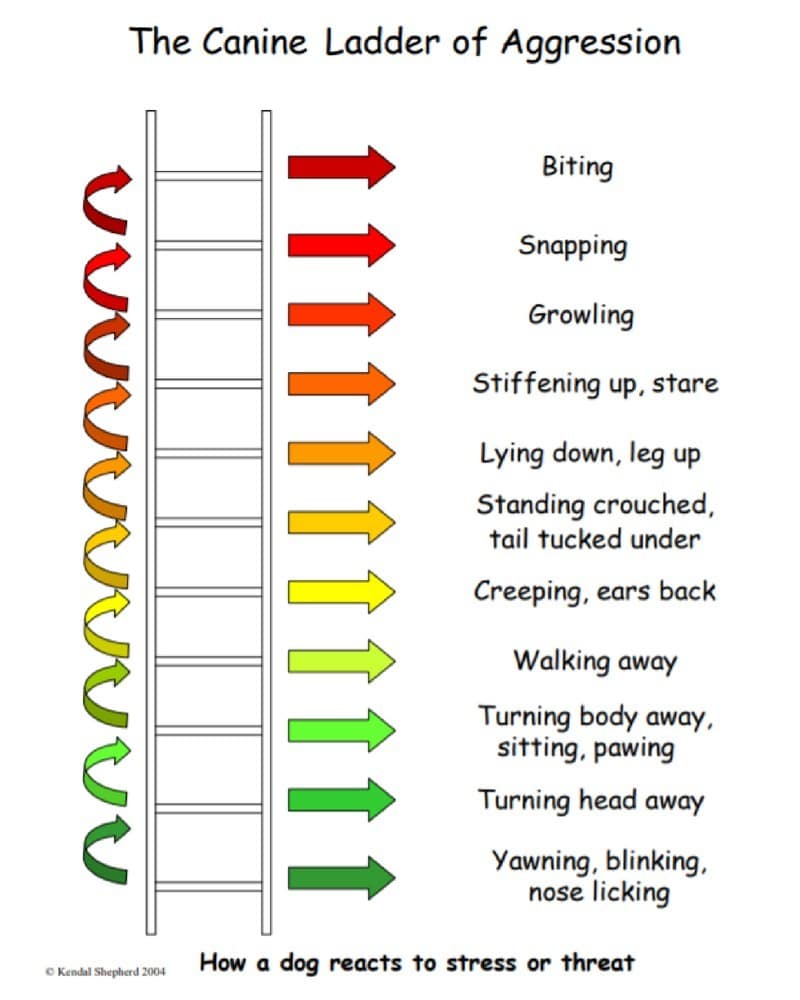
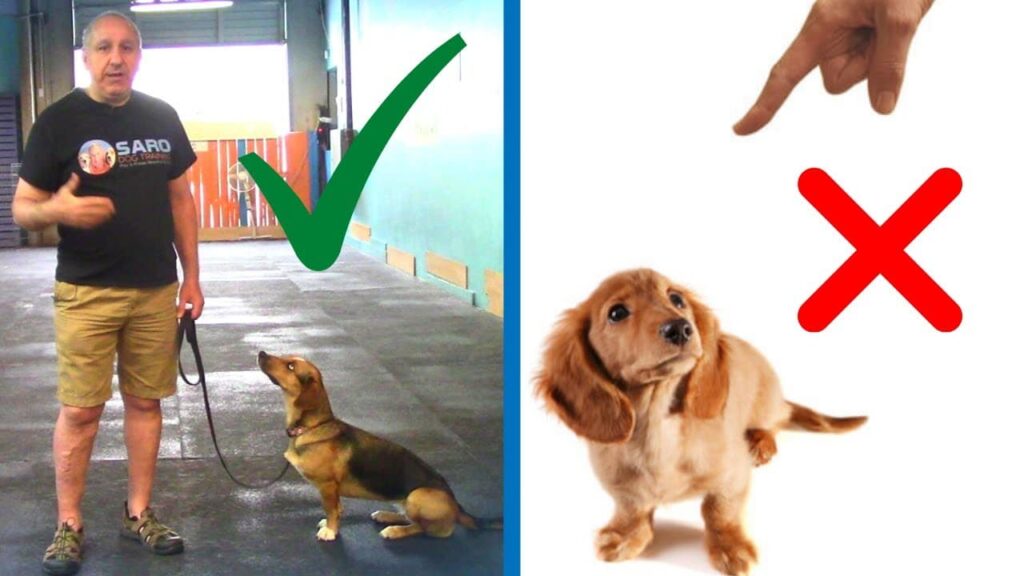
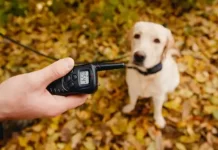

![Petrainer Dog Training Collar [100% Waterproof] Petrainer Dog Training Collar](https://mydogtrainingcollar.com/wp-content/uploads/2019/03/Petrainer-Dog-Training-Collar-218x150.jpg)





